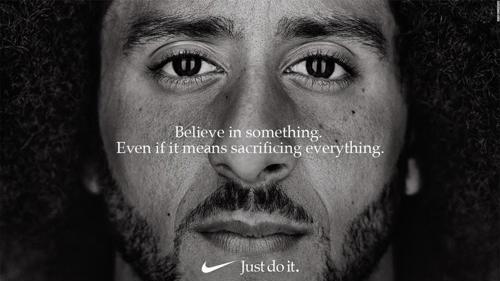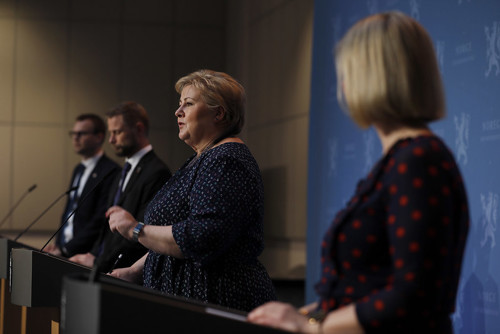Is there a future for loyalty programs?
-
Sist oppdatert
29. mars 2022
-
Kategori
-
Tema
- Marketing
- Loyalty Programmes
Today almost every retail shop has some kind of loyalty reward process. But do loyalty schemes have an impact at all?
Every Norwegian shop including online shops and chains have loyalty schemes.
Everything from saving bonus points, electronic coupons and getting number six for free. Previous research has shown that approximately 90 per cent of Americans are members of a loyalty program. I would assume it is similar here in Norway.
But does loyalty programs or schemes have an effect on the customer today? Do loyalty schemes have an impact at all?
The questions concern both the consumers, as they share personal data, and the industry that invest millions in programs.
What is important to the customers?
Consumers today say “yes” to all loyalty programs they are offered. In a study, Dowling and Uncles are showing a widespread “Polygamous loyalty” or multiple memberships.
For example, 80 percent of European business airline travellers are members of more than one loyalty scheme. They also say that the level of brand loyalty is strongly correlated with market share. The companies with a high market share have a higher level of loyalty.
However, by participating and accepting loyalty schemes means giving personal data away to everyone in the industry. For the consumer that can lead to getting spammed by hundreds of emails and SMS’s every day, welcoming the rebates and bonus points.
The question is whether its attributes like price, product, quality, delivery time, free delivery, customer service that is important to customers? Or is it even stronger attributes Friends, Family and Followers, which Philip Kotler labels the F-factor, that are the main attributes?

Read also
The industry risks wasting money
Historically, the focus has been on retaining customers, keeping the churn rate low and increasing share of wallet. Churn prediction is to identify customers who are likely to discontinue use of a service. This is often one of the main measures to determine loyalty.
Therefore, I always question why companies say they focus on customer loyalty and churn, and then offer new customers better deals. How do you feel as a loyal customer when you see new customers getting better offers?
I ask myself whether the industry is wasting millions of dollars (or kroner) on running loyalty schemes, giving away percentage and bonus, when these are not the attributes that the customer base their choice of purchase on? According to Dowling and Uncles the cost of a loyalty scheme is between 3-6 % of a company’s revenue.
Surprisingly ineffective
Very few studies look at the effectiveness of a loyalty program. Already in 1997, Dowling and Uncles wrote an article and found that loyalty is surprisingly ineffective. They say the claimed benefits of a loyalty program are the following:
- The cost of serving loyal customers is less
- They are less price sensitive
- They spend more with the company
- They spread positive recommendations about their favourite brand or suppliers
However, they argue that there is little empirical research to substantiate these claims.
Another study from 2013 on the perceived benefits of retail loyalty programs, support these findings. However, the authors still argue that monetary savings, entertainment, and social benefits found to be positive predictors of a loyalty program.

Read also
Should we change how we measure effectiveness?
The question is if we should measure differently, not based on consumer centric measurements like churn rate, customer lifetime value, but rather measure consumer behaviour, and what create real value for the customers.
With new technology using algorithms and focusing on the F-Factor, Friends, Family and Followers, the industry can develop more cost-effective ways to reach the customers and their needs. And at the same time succeed in getting the customers to feel good about the company and and not feel bed about giving all their personal data away.
By changing how we measure effectiveness on loyalty programs, we will get a better indication of whether loyalty schemes really work.
References:
Dowling, Grahame & Uncles, Mark. (1997). Do Customer Loyalty Programs Really Work?. Sloan Management Review. 38.
Kim, Hye-Young & Ji, Young & Lee, & Choi, Dooyoung & Wu, Juanjuan & Kim, & Johnson, Kim. (2013). Perceived Benefits of Retail Loyalty Programs: Their Effects on Program Loyalty and Customer Loyalty. Journal of Relationship Marketing. 12. 95-113. 10.1080/15332667.2013.794100.
Philip Kotler, Hermawan Kartajaya, Iwan Setiawan (2017) Marketing 4.0: Moving from Traditional to Digital. John Wiley & Sons.
Tekst: Assistant Professor Gry Agerup, Department of Marketing, Kristiania University College
Vi vil gjerne høre fra deg!
Send dine spørsmål og kommentarer til denne artikkelen på E-post til kunnskap@kristiania.no.
N

Treating consumers as citizens
For companies, treating consumers as citizens, is a powerful way of expressing their relevance in society.Les mer
Fighting Fake News
How can teachers in higher education help students navigate fake news and the post-truth era? Six questions to be asked when designing teaching.Les mer
N2

What if your work was automated?
Oganizations can successfully develop automation initiatives and facilitate meaningful work by involving their employees in the process.Les mer
How different governments communicated during coronavirus
Poor communication will significantly undermine national responses to a pandemic.Les mer

